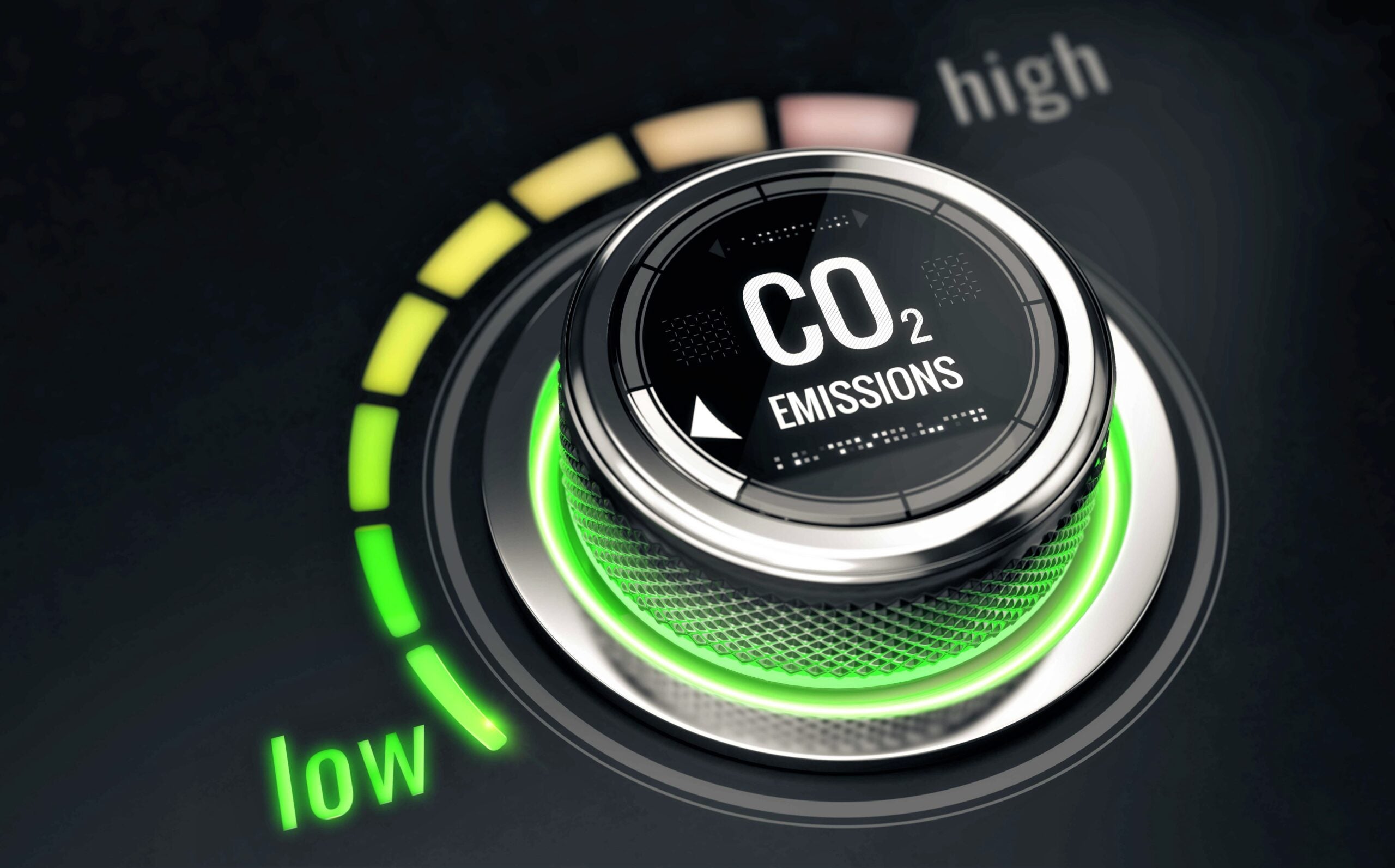
Background
The primary goal of the workshop was to align Tag and Syngenta’s sustainability objectives, particularly focusing on reducing the carbon footprint related to packaging. This involved exploring strategies to achieve Scope 3 emissions reductions by targeting a 2.5% reduction in packaging-related emissions for 2024.
Solution
The Solution in Packaging Optimization:
Various methods to reduce the carbon footprint of secondary packaging were discussed. This included options such as:
- switching from white to Kraft packaging (resulting in a ~26% CO2e reduction per package)
- reducing the weight of the packaging
- changing the type of adhesive
- cutting down on the number of ink colors per package
Results
Each of these changes offers potential reductions in CO2e emissions, ranging from 2% to 30% per box.
NEXT STEPS TO ACHIEVE EMISSIONS REDUCTION
The workshop concluded with a plan to review Syngenta’s brand ladder to support CO2e reduction projects, align carbon accounting practices, conduct independent sample testing, and communicate warehouse stacking changes to improve packaging sustainability.
SUMMARY
This sustainability workshop case study showcases the Tag Packaging and Sustainability Center of Excellence offerings and how global brands can be part of a broader initiative to integrate sustainability into business practices and reduce environmental impact through strategic packaging optimization.
